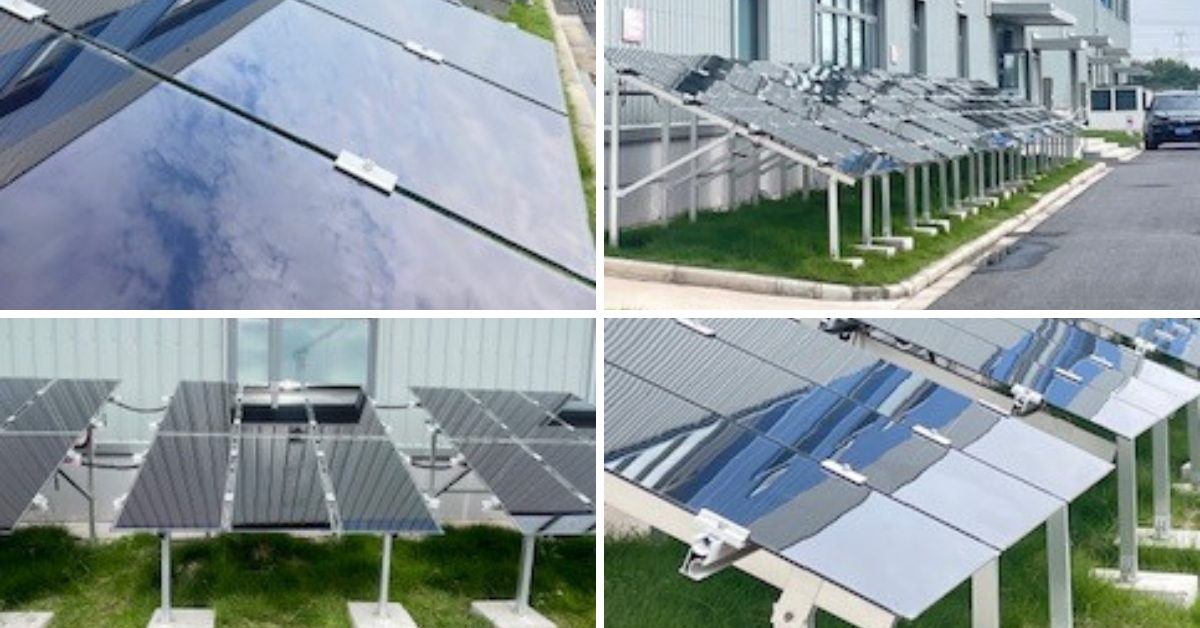Friday, 08 November 2024
Prof. Monica Lira-Cantú Highlights the Potential of Perovskite Cells for Solar Energy Production
The ICN2 Group Leader and CSIC Professor attended the 2024 Fall Meeting of the Chinese Physical Society, where she stressed the benefits of this emerging photovoltaic technology and its contribution to sustainable development.

During the recent 2024 Fall Meeting of the Chinese Physical Society in Haikou, Prof. Monica Lira-Cantú, head of the ICN2 Nanostructured Materials for Photovoltaic Energy Group and Editor-in-Chief of APL Energy, shared her views on the future of perovskite solar cells in an interview with the China Science Daily. Professor Lira-Cantu explained the advantages of perovskite cells over traditional silicon cells, including their simpler production process, adjustable volume and weight, and ability to be printed on various surfaces.
During the interview, she also pointed out that unlike monocrystalline silicon panels, which usually have to be installed on roofs, perovskite cells are very versatile and can be integrated into other surfaces such as windows. In addition, perovskite cells can utilize outdoor and indoor light, extending their potential applications further. However, there is no competition between these two types of solar cells, as they can be used complementary to meet different needs.
The Professor also emphasised the challenges of transferring these innovations from the laboratory to industry, where technical requirements and regulations are quite different. She also used the interview to refute the argument that there is overcapacity in the photovoltaic industry, as many countries still need renewable energy to replace fossil fuels and reduce their CO2 emissions. In this regard, Prof. Lira-Cantú underlined China's efforts to concentrate photovoltaic production areas to increase efficiency and reduce costs.
Prof. Lira-Cantú also expressed her interest in promoting greater collaboration of Chinese scientists at the international level. She highlighted the role of such events in fostering knowledge sharing and building strategic alliances that contribute to a more sustainable future.

